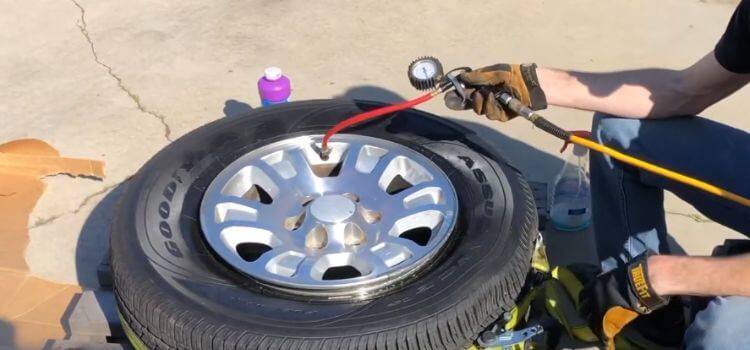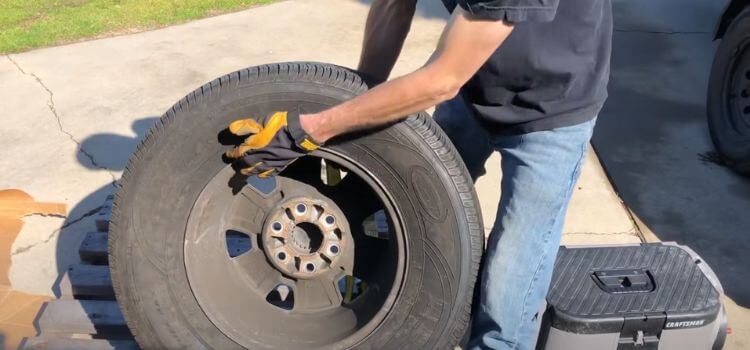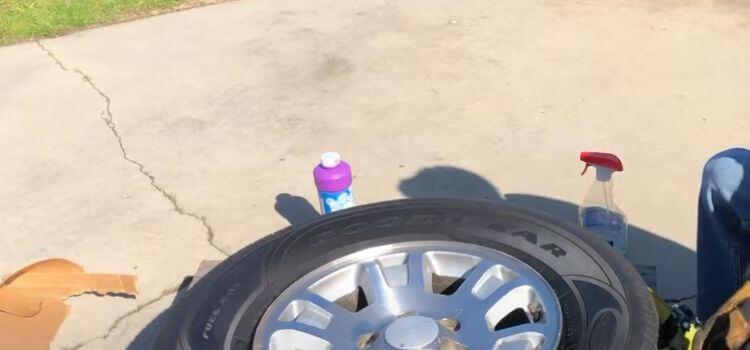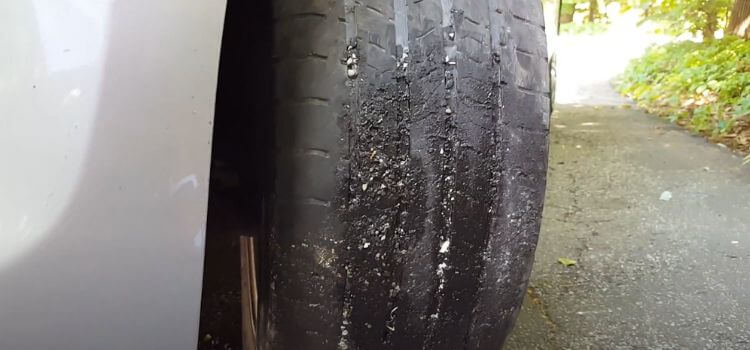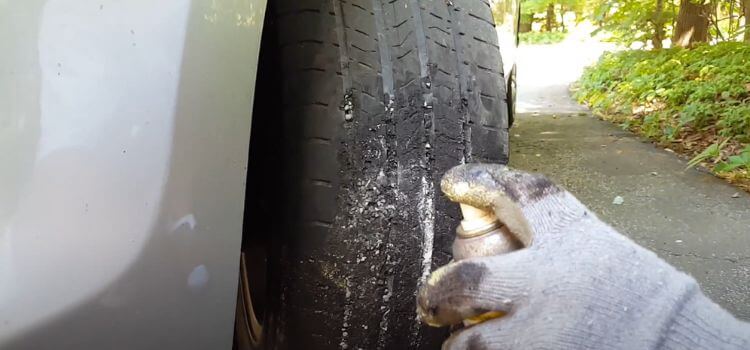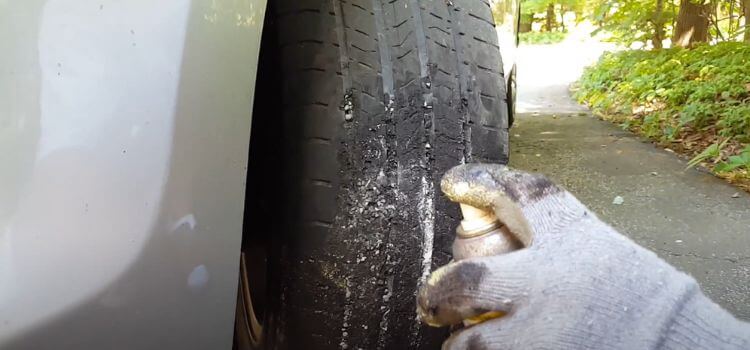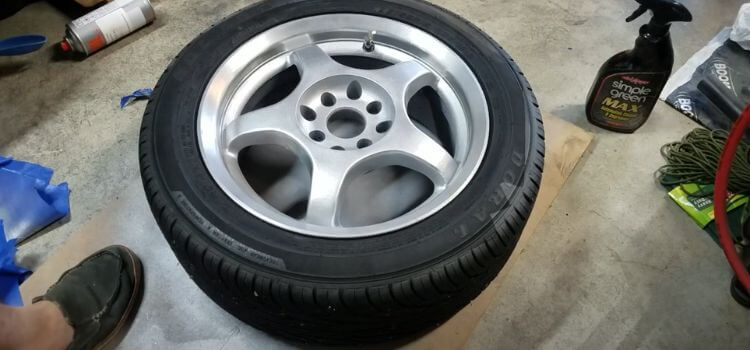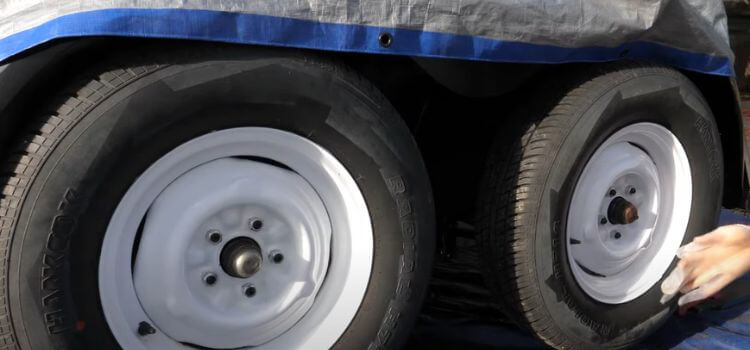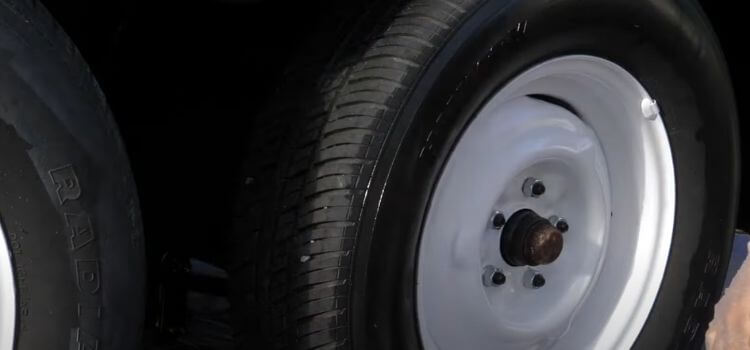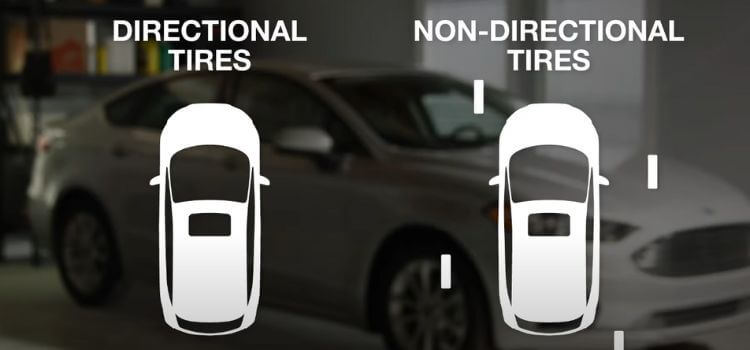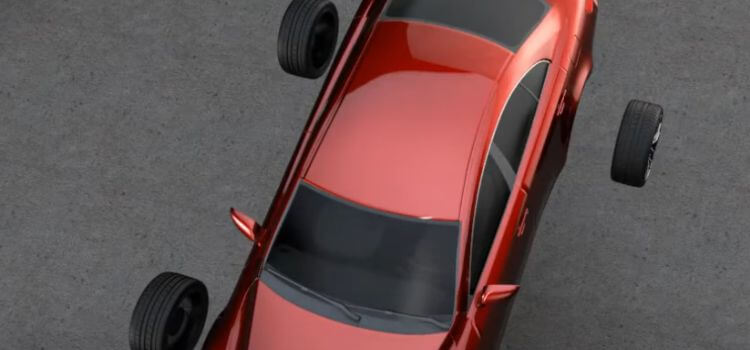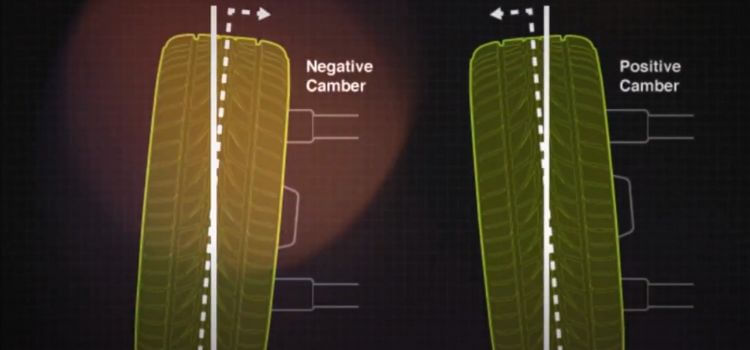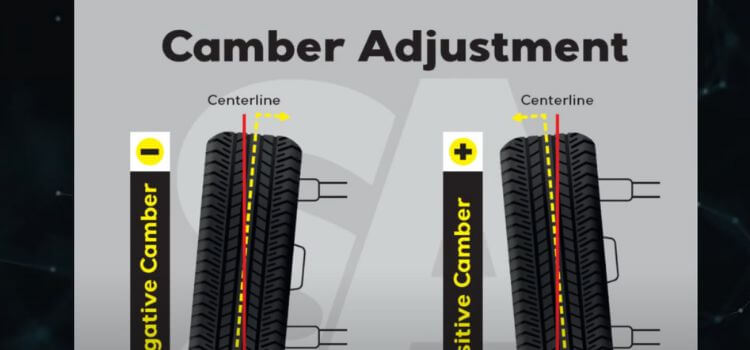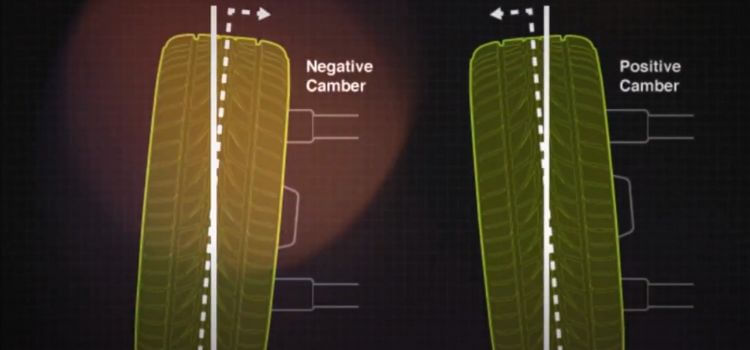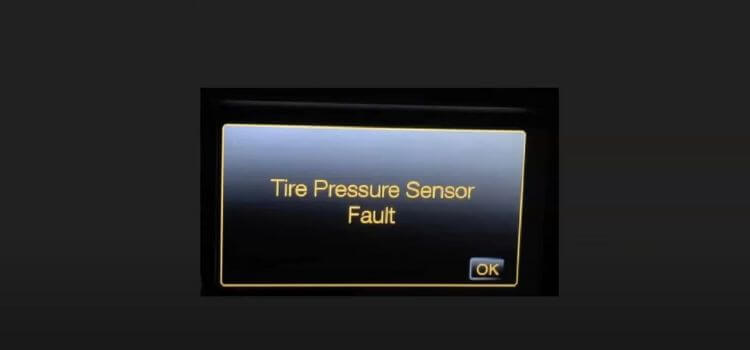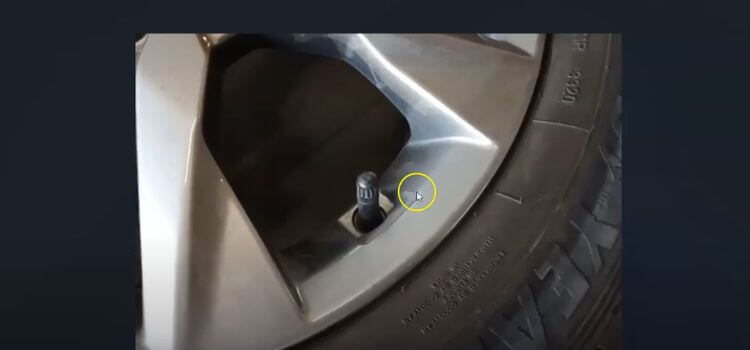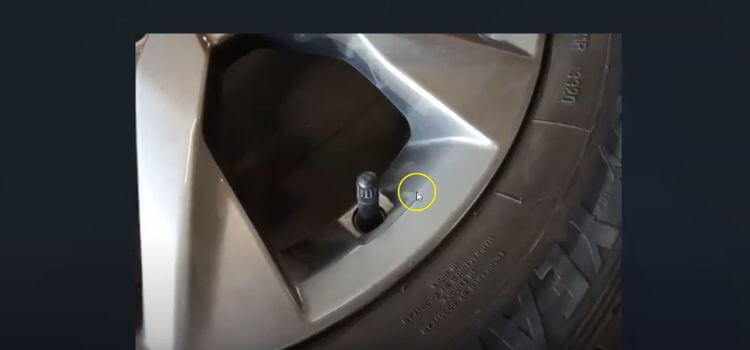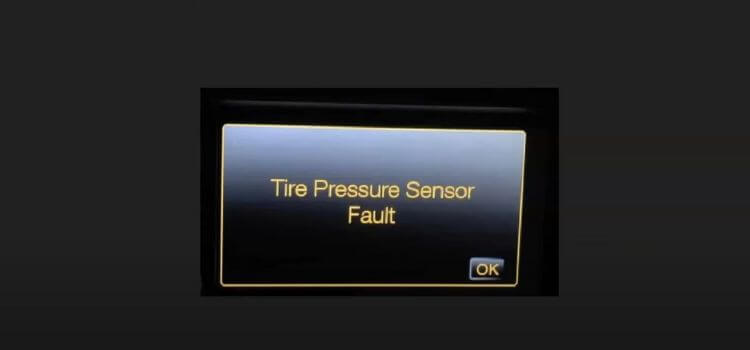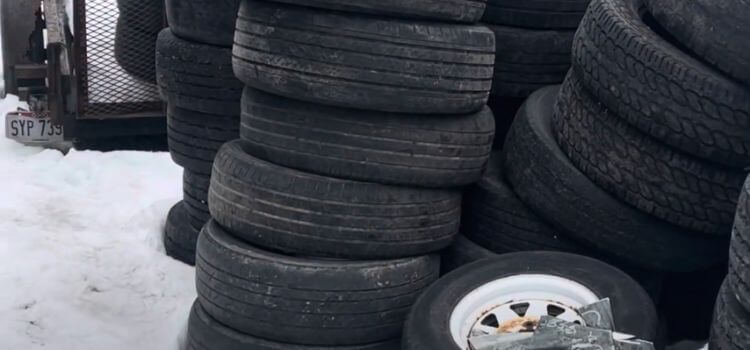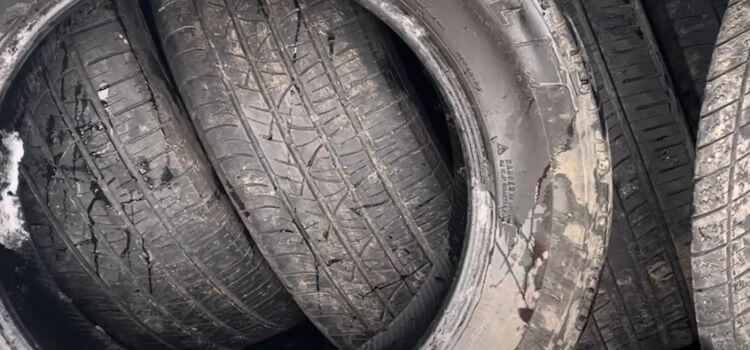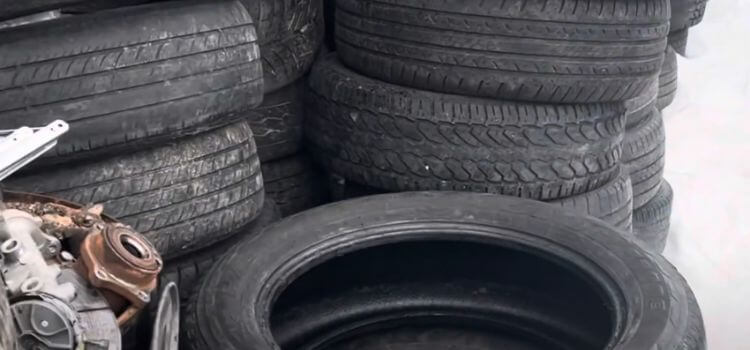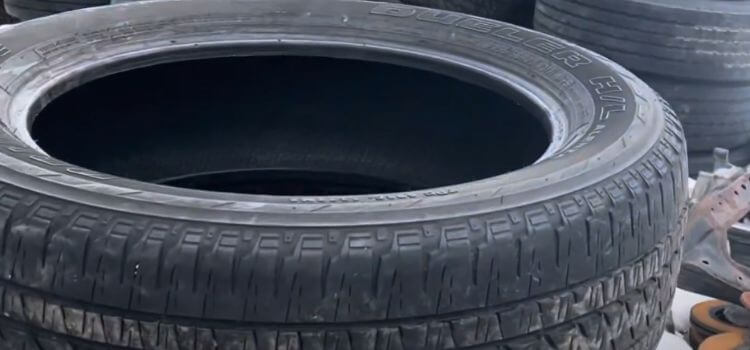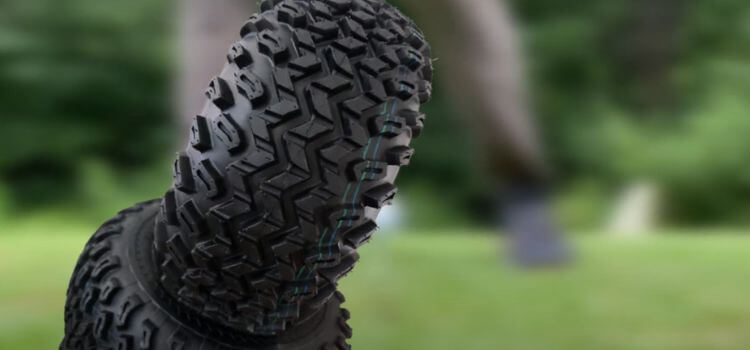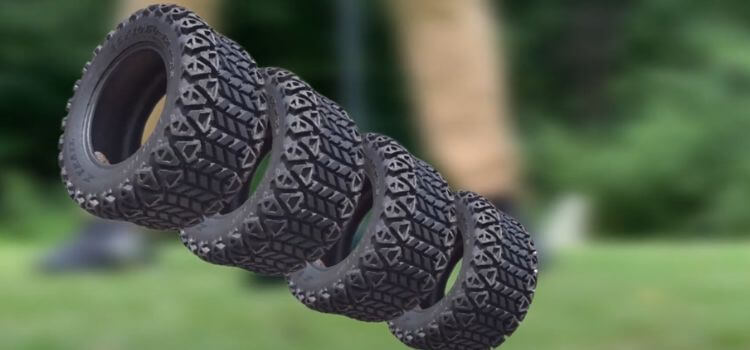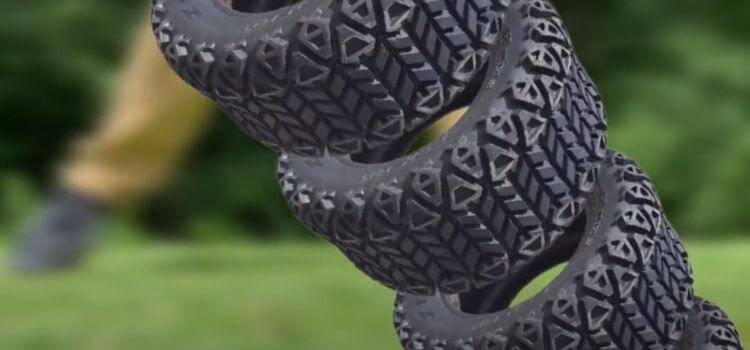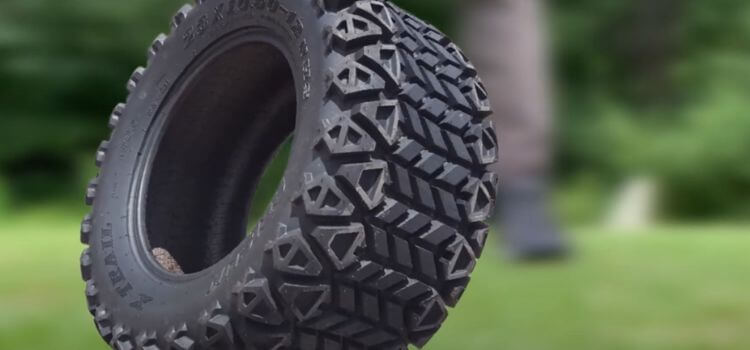If you’re wondering how to turn off the tire pressure light in your Honda, you’re not alone. Many Honda owners struggle with this issue, and it can be frustrating when you can’t figure out how to reset the light. In this post, we’ll walk you through the steps to turn off the tire pressure light in your Honda, so you can drive with peace of mind. Whether you have a newer model or an older one, we’ve got you covered. Let’s get started!
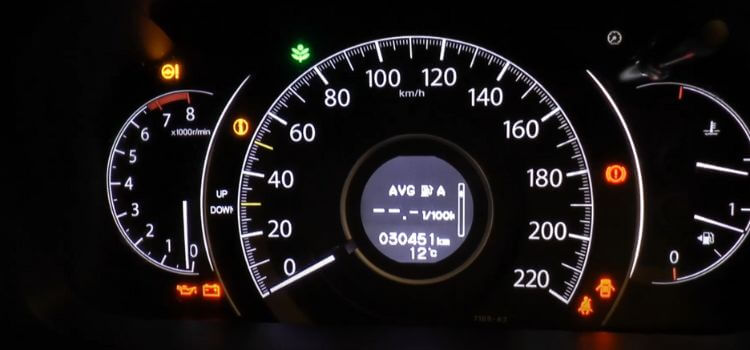
Check the tire pressure on all four tires
To turn off the tire pressure light in a Honda, you can start by checking the tire pressure on all four tires. If the pressure is low, inflate the tires to the recommended pressure level. After adjusting the tire pressure, drive the vehicle for a few miles and the tire pressure light should turn off on its own. If the light does not turn off, you may need to have the tire pressure monitoring system reset by a professional mechanic.
Inflate or deflate tires to the recommended pressure
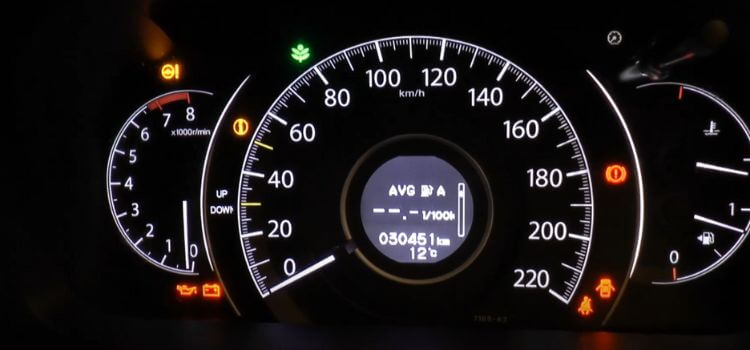
How to turn off tire pressure light in a Honda: To reset the tire pressure light in your Honda, start by checking the tire pressure in all four tires and inflating or deflating them to the recommended pressure. Keep in mind that driving with low tire pressure can affect your vehicle’s handling and fuel efficiency, so it’s important to regularly check and maintain proper tire pressure.
Drive the vehicle for a few miles to allow the tire pressure monitoring system to recalibrate
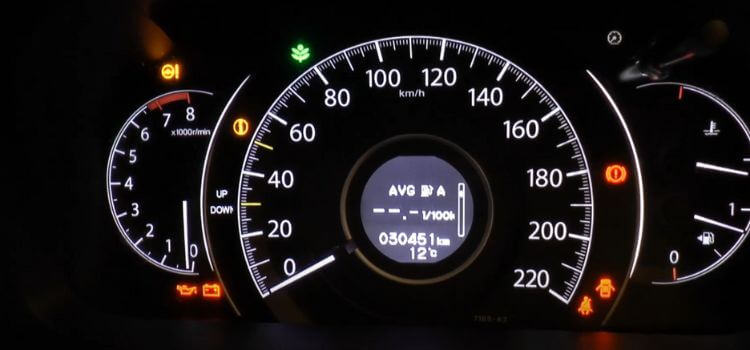
When the tire pressure light comes on in your Honda, it’s important to recalibrate the tire pressure monitoring system by driving the vehicle for a few miles. If the light does not turn off after recalibrating, it may be a sign of a more serious issue with your tires, and you should have them checked by a professional.
If the light does not turn off, consult the vehicle’s manual for specific instructions or take it to a mechanic for further assistance.
If the tire pressure light in your Honda does not turn off, it’s important to consult the vehicle’s manual for specific instructions on how to reset it. If you’re unable to resolve the issue on your own, it is recommended to take your vehicle to a mechanic for further assistance. They can help diagnose the problem and ensure that your vehicle is safe to drive. It’s important to address any issues with your vehicle’s tire pressure to maintain safety and optimal performance.
Conclusion
to turn off the tire pressure light on a Honda, you can follow these steps: first, ensure that all tires are properly inflated to the recommended pressure. Then, locate the TPMS reset button usually located under the steering wheel. If the light does not turn off, it may indicate a more serious issue with the tire pressure monitoring system that should be checked by a professional.
